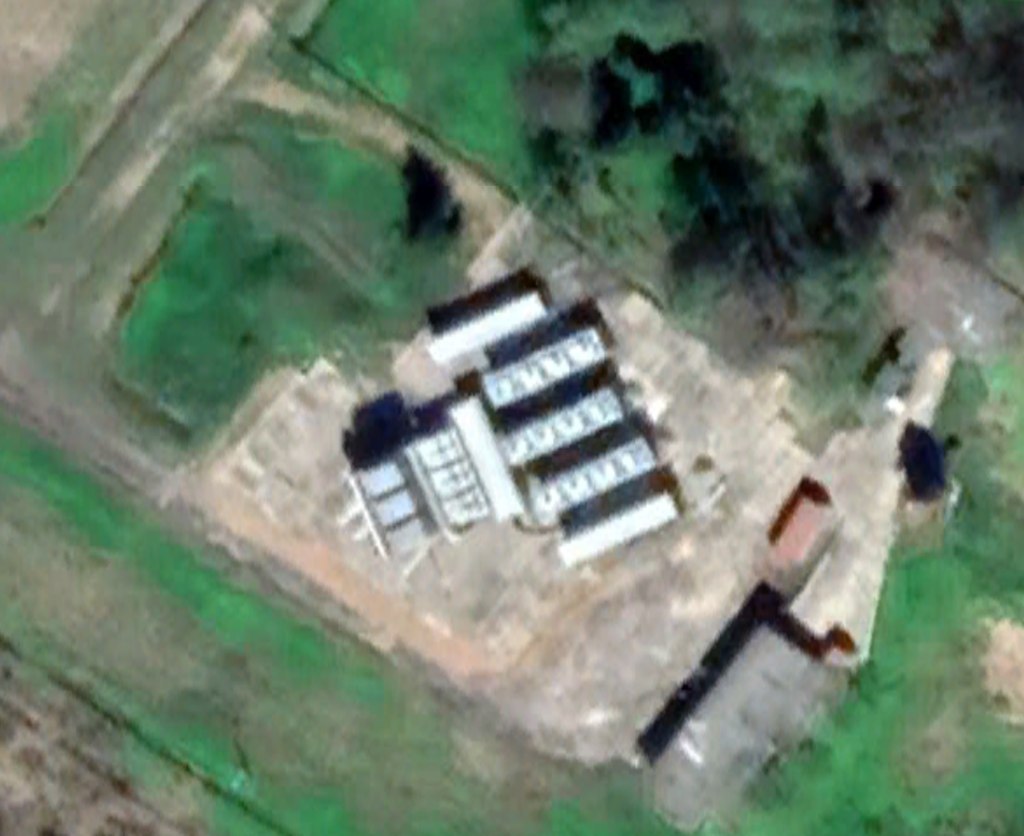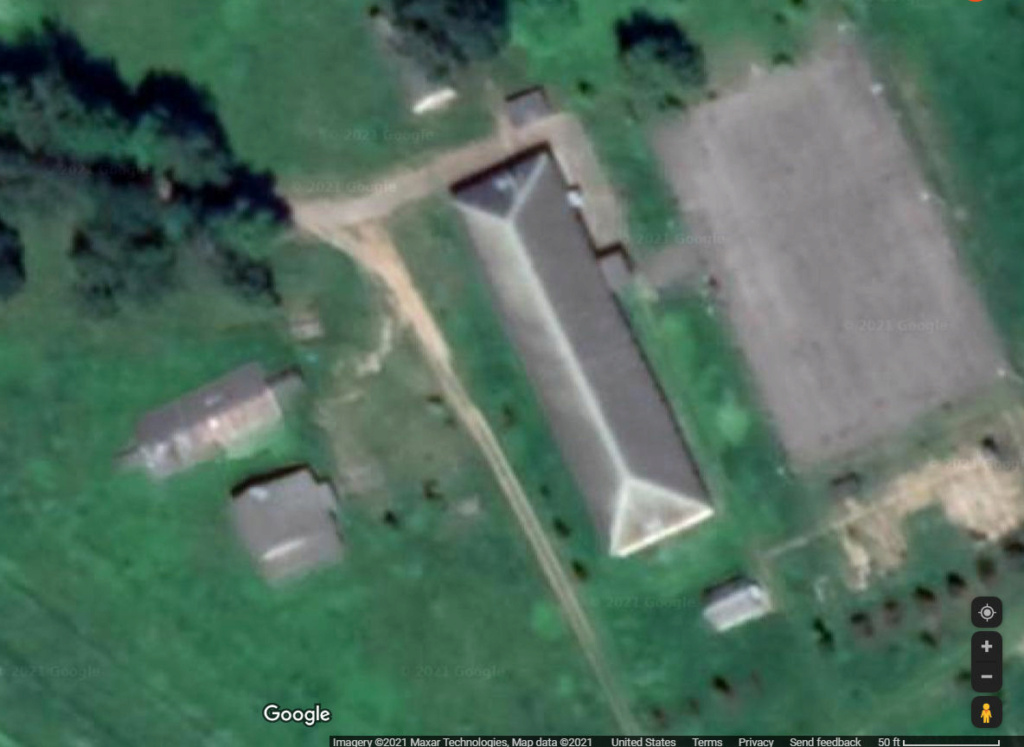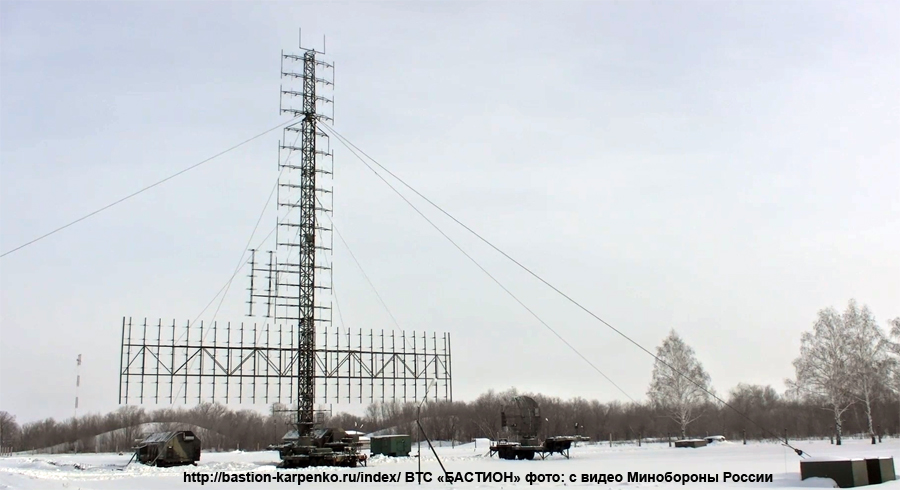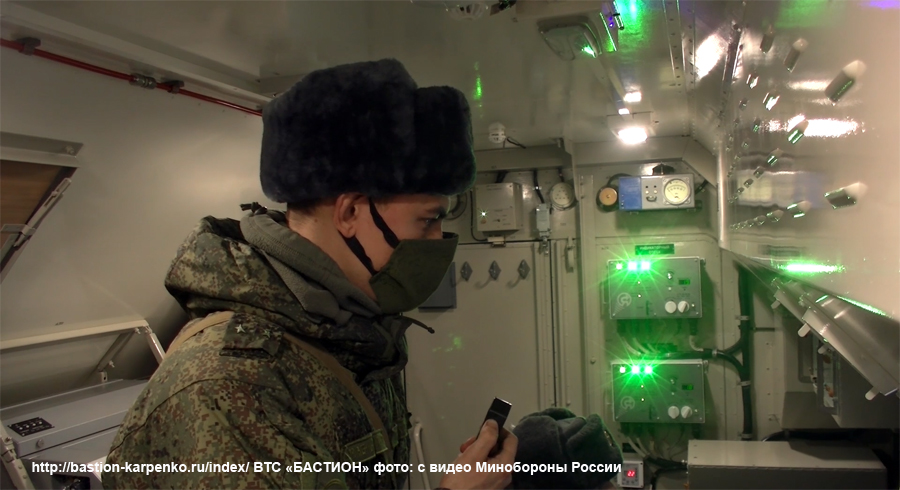Smart interview to the head of RTI
Yuri Anoshko: Russian radars see all planes in the airAlong the bordersRussia has created a continuous radar field within the framework of the missile attack warning system (SPRN), which makes it possible to monitor ballistic targets. Work is underway to create a continuous field using over-the-horizon stations. The Russian Armed Forces pay special attention to the development of air and space surveillance systems, taking into account the concepts of multi-sphere operations and a massive air strike developed in NATO. General Director of the Concern "RTI systems"Yuri Anoshko on the forum "Army-2021" said in an interview with RIA Novosti, Dmitry Reshetnikov on the current capabilities of the Russian early warning system, the next directions of its development, modernization of stations to the level of "Yakhroma", about the effect of the use of U.S. technology "stealth", and also restrictions on artificial intelligence in radar, watching the space, and the nuances of working with space debris.
– What are the capabilities of the Russian missile attack warning system (SPRN)? Which ballistic missile launches can we track and which can't, and is the system capable of detecting hypersonic vehicles?
– In fact, Russian EWS stations can see any target that is above the horizon. We are also talking about aerodynamic objects, such as airplanes, as well as hypersonic vehicles. The question is, what size is the target, and at what distance do we need to accompany it?
– And at what maximum range are we currently able to detect missiles or other objects?
– Today, we see spacecraft in geostationary orbit using the radar stations that are part of the early warning system. This is an altitude above the Earth's surface of more than 30 thousand kilometers.
– Earlier, the Russian Defense Ministry announced plans to create a continuous radar field not only for ballistic targets, but also for aerodynamic targets. It was about the Container stations, the first of which was put on combat duty in Mordovia. How many such stations will you need? In which regions are they planned to be delivered and in what time frame?
– If the EWS stations see targets that are above the level of the radio horizon, then the Container radars are just able to look beyond the radio horizon due to the fact that they use decameter-length waves that are re-reflected from the ionosphere. How many such stations will be required is a question for the Ministry of Defense, which orders the required number, we do not make such estimates. As I imagine, these stations should be deployed along our border and cover the corresponding space.
– In addition to the" Container " in Mordovia, any other work is currently underway?
– Yes, the Ministry of Defense has decided that a whole system will be deployed, and as part of this task, work is being carried out to create new Container stations.
– Earlier it was stated that at the end of the year of operation, the Container station in Mordovia confirmed its qualities. In particular, it showed the ability to detect NATO aircraftmade using stealth technology. What kind of aircraft are we talking about? Under what circumstances were they detected?
- Stealth technology involves reducing the probability of detecting a given object in a certain range of wavelengths. And as a rule, stealth technologies are focused on the wavelength range in which radars that detect such targets operate. In particular, these are on-board radars of other aircraft, radars of anti-aircraft missile systems, and so on. The over-the-horizon station operates in a completely different wavelength range, the so-called short waves, although their length ranges from tens to hundreds of meters. In this case, the effect achieved by using radio-absorbing coatings and the shape of the aircraft itself no longer works. Accordingly, for an over-the-horizon station, the use of stealth technology is not an obstacle to detection.
– Can you use over-the-horizon stations to determine the type of target? Is it possible to say that it was the F-35 that flew?
– The task for over-the-horizon stations to identify the types of air targets is not worth it. The task is to detect changes in the intensity of aviation use over the horizon, at a distance of up to three thousand kilometers from the station's position. That is, against the background of regular aircraft traffic, you can see the appearance of something non-standard, such as the use of special aviation. The interest is to reveal the very fact of an abnormal development of the situation in the air.
– So its accuracy is low, and you won't be able to determine the coordinates from it?
– You can determine the object's location.
– And how many re-reflections of the signal occur at the maximum range of the station?
– We work on the same race.
– You say that it is impossible to determine the type of target, while how can we say that the Container in Mordovia detected foreign stealth aircraft?
"Very simple. We simply see all the planes that are in the air due to the lengths of radio waves with which the "Container" works. Accordingly, knowing from open sources where the F-35s are based, and knowing that they flew sorties, we can say for sure that we saw them and accompanied them.
– How effective do you think stealth technology is?
- It depends on what I want to achieve using this technology. If I use it in some countries that have certain classes of radars in the air defense system, including on-board radars of fighters from the air defense forces on duty, then stealth technology can be quite effective for breaking through this system.
– If we hypothetically assume that the United States has brought its B2s against us, will we see them?
– The probability of a direct breakthrough of our air defense system by these aircraft is almost zero. Some other means should make a breakout zone for them, and then it will become possible. But these planes themselves, apart from the effect of psychological pressure, in my opinion, are useless against us as a means of air attack.
– Well, at least the range of their detection is reduced due to the technology of reducing radar visibility?
– Today, where B-2BS are deployed, and this is far beyond our territory, we detect them with the help of over-the-horizon stations even on the flight route. Regardless of the "stealth" technology.
– Is the work on creating a radiophoton radar continuing?
- Work continues, we are building up our competence in this matter. Moreover, we are creating one of the competence centers for the development of radiophotonics. Moreover, we will develop it not in purely theoretical terms, but in applied terms – from the point of view of implementing these technologies in newly created locators.
– Earlier it was announced about the construction of new Yakhroma EWS stations in the Crimea and the Far East. Is this a further modernization of Voronezh stations?
– Yes, this is another step in the development of the Voronezh series of radars. These stations will have greater noise immunity and bandwidth. In addition, already in the course of their creation, the technology of an automated digital twin system will be implemented, which allows tracking the status of the radar (stages of the radar life cycle).
– Will all other EWS stations be upgraded according to the same scheme?
– Yes, of course, all the new achievements that we get at the new station, we use when upgrading existing ones. During the modernization period, we will also bring them to this level.
– And by what year will Yakhroma be built in the Crimea?
– It is better for you to contact the state customer.
– Are there plans to use artificial intelligence elements in new EWS stations, for example, to ensure their functioning without human intervention?
– It all depends on what we mean by artificial intelligence (AI). In fact, these are just mathematical and logical methods of information processing. They are required when there is more and more information available. Naturally, such methods are used in the processing of radar information, in station management, and in diagnostics of its condition. Another question is whether AI makes decisions. In this case, of course, this is out of the question and cannot be. Because the information that EWS stations give out must be evaluated by a person for reliability. Otherwise, we may get a situation where, as a result of a technical or software failure, an erroneous decision will be made about a missile attack, which may lead to irreversible consequences.
– Will the level of automation of Yakhroma allow you to reduce the combat crew?
- Of course, automation involves reducing the number of people who participate in the operation of the plant. The combat crew of Yakhroma will be smaller than on Voronezh.
– Today, the problem of space debris is acute, which, in particular, can threaten the collision of existing spacecraft of the Russian group. Are EWS stations involved in tracking debris and space debris objects? Is this data transmittedRoscosmos?
– All EWS radars continuously monitor the space situation. As I said, the radars control everything over the radio horizon. We see spacecraft that operate in their orbits, upper stages, various launch objects, and elements of destroyed space objects. Information about them is systematized in the catalog of space objects, which is used, among other things, to exclude dangerous situations in space.
– How small can you see objects?
– The thing is, we can't measure the object we're currently seeing – we can't fly up to it with a ruler. We see space objects with a certain effective scattering area. Depending on the angle of illumination, on how it is illuminated by the sun or illuminated by our radar, we can observe a variety of objects.
– That is, radar radiation from the Sun, reflected by an object in the direction of the SPRN station receiver, also allows you to see space objects, as they say, in passive mode?
– Yes, this situation is also feasible.
– The Americans have a NORAD command. They regularly observe our spacecraft and distribute their orbit parameters. Do we also track their satellites with EWS stations?
– All objects located above the radio horizon are observed, including space objects.
– Do you plan to upgrade the Don-2N missile defense station near Moscow? In what directions can its modernization be carried out?
– We just recently completed the modernization of this station, now it is undergoing testing. As a result of these works, the functionality of Don-2N has changed. Moreover, it has not only changed its quantitative characteristics, but also its qualitative ones. For obvious reasons, I can't give you specific values.
- Tell us more about the Elik complex.
– This is an onboard multi-frequency radar system. With the help of this complex, for example, during the tests, a runway from the Great Patriotic War was discovered, completely covered with a layer of earth in 10 centimeters. There was a metal grid that was then used for field airfields, it was forgotten about, and it was overgrown with a cultural layer, and "Elik" discovered it.
– For what purposes can the complex be used?
– It can be used for monitoring pipelines that may be collapsed or buried, for monitoring any other structures that may be located at some depth, for example, gas pipelines, oil pipelines. The wavelengths that Elik uses are 3 centimeters, 23 centimeters and 73 centimeters.
– What is its maximum penetration capacity into the ground?
– Such assessments have not been carried out yet.
– What kind of aircraft is Elik installed on?
– It's still a test facility. It is not put on any specific aircraft, we are conducting experiments with it. We mount it on disembodied vehicles, helicopters, and other aircraft and work out its software and algorithmic support.
– What other promising tasks do the concern face today?
– By order of the Russian Academy of Sciences, we are creating a locator for heliogeophysical research of the situation.
– And what will it do?"
– It will be a research locator that will be used for peaceful purposes in the interests of the Russian Academy of Sciences. In particular, it will allow studying solar activity, as well as its effect on the Earth's ionosphere, and will give other related results.
https://ria.ru/20210826/anoshko-1747223211.html
So, against Conteiner the stealth is so useless that they they cannot directly tell if they are detecting a "stealth" plane or a conventional one

Also important that the guy clearly states they can locate the position of the targets, for all those out there claiming the width of the beam gives a uncertainty of dozens of km, ignoring there are many ways of using known terrain features and algorithmic tricks to radically improve that accuracy.











